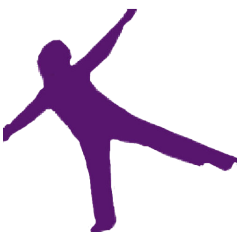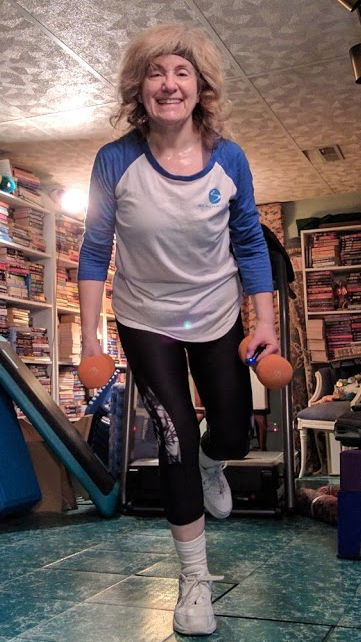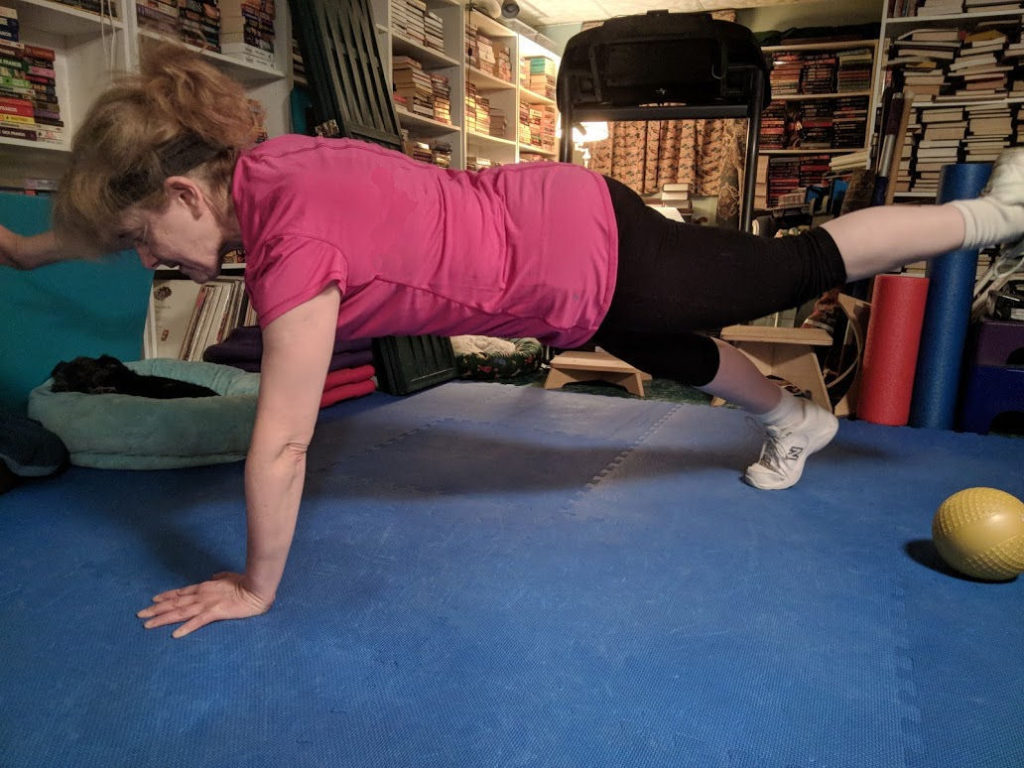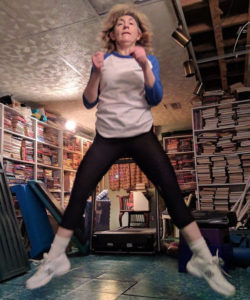I had to replace my car’s battery last week. It was old, hadn’t been used much in the pandemic, and was close to dying.
Pre-COVID, I was on the move several times every week. Classes, practices. Occasionally a road trip to a dog competition or even a major road trip for a working vacation. But after the lockdown, I didn’t go anywhere more than 2 miles away, or do anything.
My car is about 9 years old, and it was still on its first battery. It had regular maintenance, and it had been used to travel many miles every week. But the travelling stopped. The battery didn’t get much use and was dying.
A metaphor
We can use my car’s battery as a metaphor for our bodies. With proper maintenance and a great deal of good use, we’ll thrive for years. With maintenance but lack of use, we’ll fade away.
We’ll see our doctors regularly, have all the prescribed tests. We’ll get the healthiest, freshest foods. We’ll listen to the top podcasts and improve our minds. But without the use, our bodies will wither.
Use it or lose it
That old maxim is true. We’ve got to use our muscles or they’ll lose strength. We’ve got to use our bones or they’ll crumble away. We’ve got to use our heart or it will be subject to decay.
Move it
Exercise is like a road trip for the body. Back in the good old days on a road trip I would drive for 8 hours a day, making pit stops every couple of hours. Exercise is not quite like that, as we only really need a few hours a week.
But exercise is crucial for a body that will last and get us through everything we need it to.
We need strength work for our muscles and bones, and cardio for our heart and lungs.
And it’s all good for the brain. Exercise has been shown to improve memory and focus. It helps us sleep better at night. Read more: https://fitness-over-50.com/2018/04/more-reasons-to-exercise/
So, don’t be like my car’s battery. Use your body or you risk losing it.







